What are the unique flavor and taste characteristics of Ethiopian coffee beans in Ethiopia?
Many people will be deterred from a cup of black coffee because it is difficult to taste and the taste is too strong. But people who have done a little research on coffee will know that coffee from different producing areas will have different flavors. Some coffee will be as sour and sweet as fruit juice, which we need to know carefully and normally. Generally speaking, coffee in Central and South America is the flavor of coffee in the traditional impression of most people, but coffee in Africa often has a feeling of magical juice, and the flavor of citrus and lemon will explode in the mouth. The most famous producing area in Africa is Ethiopia, because it is the birthplace of coffee and the oldest place where the coffee bean god grew up. So what are the coffee producing areas in Ethiopia? Today, let's study more carefully with the editor.
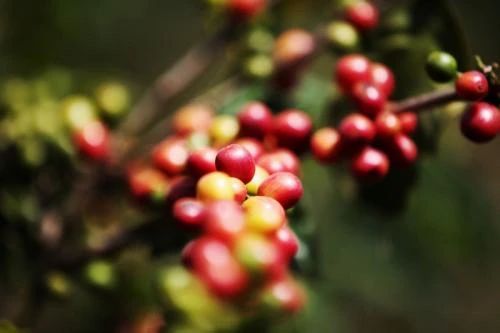
The Yega Xuefei producing area is 1800-2000 meters above sea level.
Yega Xuefei is affiliated to the Sidamo producing area, which is separated separately because of its unique flavor. In addition to the small town of Yega Xuefei, it also includes three by-product areas around Wenago, Kochere, Gelena and Abaya. It happens to be on the edge of the East African Rift Valley, and the terrain is complex. It has been a wetland since ancient times, the ancient saying "Yega" means "settle down", "Xuefei" means "wetland", and Ye Jia Xuefei means "let us settle down in this wetland".
Ethiopia Yega Sheffield Conga Cooperative
Region: Yega Xuefei
Altitude: 1800-2050m
Variety: original species
Processing: insolation
Cooking flavor: citrus, honey, cream, juice taste.
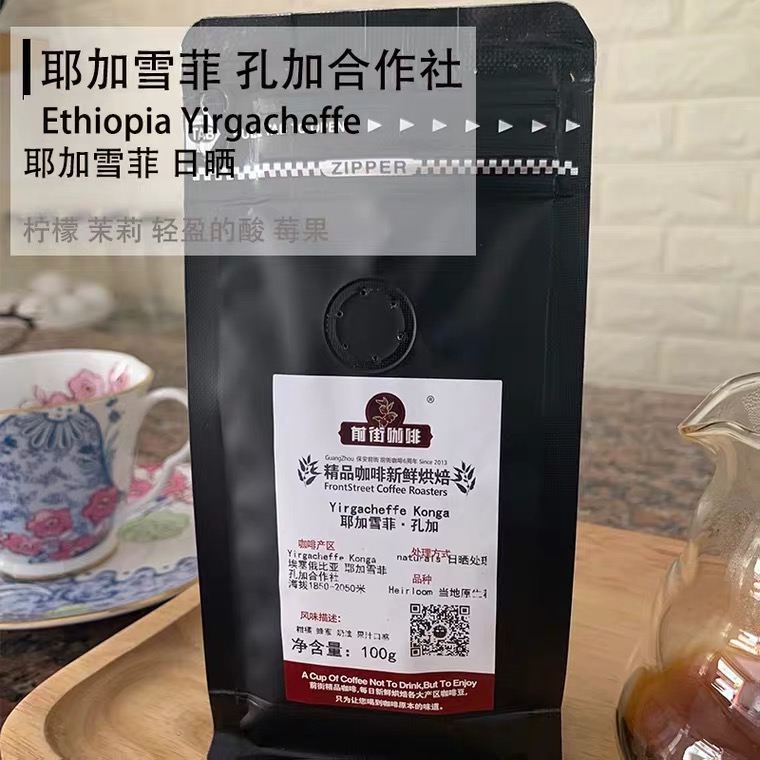
Sidamo is 1400 to 2200 meters above sea level
The flavor is similar to Yejiaxuefei, Sidamo, which is delicately washed or sunburned, has the same fragrance of flowers and oranges, and is worth as much as Yega Xuefei. Sidamo, Ethiopia is the best producing area for sun-dried beans, and Sidama is located in southern Ethiopia. The industry here is dominated by agriculture, and the coffee-growing area is located around the East African Rift Valley. The Sidamo producing area, that is, the producing area of Sidamo Province except Yega Sheffield, is the southernmost coffee producing area in Ethiopia, with an average elevation of 1400-2000 meters above sea level. The coffee produced is obviously sweet, known as sweet coffee.
Sidamo Arsi, Ethiopia
Region: Arsi;Sidamo
Altitude: 1900-2200m
Variety: original species
Processing: insolation
Cooking flavor: berries, honey, plums, nectarines, mangoes, juice
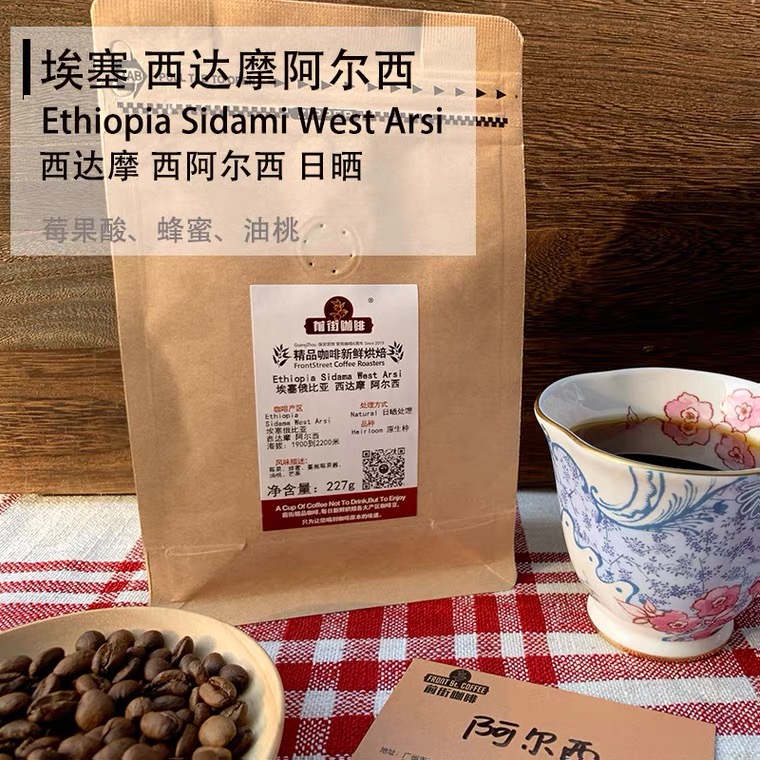
Liam (: 1200 to 2000 meters above sea level
The output is relatively small, and it is mainly exported to Europe and the United States, but it is not easy to buy in Taiwan, but it is very popular in Europe and the United States. there are three treatment methods: washing, tanning and semi-washing. Liam's body will be significantly less viscous, and the floral and citrus flavors will be inferior to those of Yegashifi and Sidamo, but with a hint of grass and black sugar, and bright acidity.
Hara: 1500 to 2400 meters above sea level
Hara exclusive sun, is an ancient city in the east, but the city does not grow coffee, the so-called Hara coffee refers to the coffee produced by Haraji high and low in the Great Hara area. As the annual rainfall is only 1000 mm, all of them are treated in the sun. Hala caffeine is famous for its special aroma, which is typical of the early morning flavor in ancient times. she is tied with Yegashifi [double star].
In addition to these four boutique producing areas, Ethiopia also has five major commercial bean producing areas. Here is not too much repetition, as long as a simple understanding.
Jinma (bulk commercial bean producing area): 1350-1850 m above sea level | Forest / semi-forest system |
Yilu Babo (bulk commercial bean producing area): altitude 1350-1850 | Forest / semi-forest coffee system |
Jinbi, Liechuti (major commercial bean producing areas): 1500-1800 above sea level | Forest / semi-forest coffee system |
Tiebi, Bebeca (bulk commercial bean producing area): 500-1900m above sea level | Pastoral / forest / semi-forest coffee system |
Important Notice :
前街咖啡 FrontStreet Coffee has moved to new addredd:
FrontStreet Coffee Address: 315,Donghua East Road,GuangZhou
Tel:020 38364473
- Prev
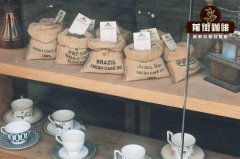
Why do Ethiopian coffee beans have good quality? what conditions do high-quality coffee beans need?
The planting and growth of coffee trees need strict environmental requirements. Climate, altitude, soil, as well as the way coffee beans are picked and the process of production will affect the quality of coffee. First, the elevation of Ethiopia is mainly mountain plateau, most of which belong to the Ethiopian plateau. The central and western regions are the main body of the plateau, accounting for 2% of the whole territory. 3. The East African Rift Valley runs through the whole territory, with an average elevation.
- Next
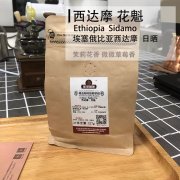
Ethiopian boutique coffee producing area Yega Xuefei and Sidamo introduce the brewing techniques and taste characteristics of Huakui coffee beans.
Due to the large area and complex social situation of coffee producing areas in Ethiopia, the coffee producing areas have always given people a very chaotic feeling. As a novice coffee rookie, it is very difficult to trace the coffee producing areas and understand the specific information of each producing area. Next, Qianjie Coffee will briefly introduce, ah, Ethiopia.
Related
- Detailed explanation of Jadeite planting Land in Panamanian Jadeite Manor introduction to the grading system of Jadeite competitive bidding, Red bid, Green bid and Rose Summer
- Story of Coffee planting in Brenka region of Costa Rica Stonehenge Manor anaerobic heavy honey treatment of flavor mouth
- What's on the barrel of Blue Mountain Coffee beans?
- Can American coffee also pull flowers? How to use hot American style to pull out a good-looking pattern?
- Can you make a cold extract with coffee beans? What is the right proportion for cold-extracted coffee formula?
- Indonesian PWN Gold Mandrine Coffee Origin Features Flavor How to Chong? Mandolin coffee is American.
- A brief introduction to the flavor characteristics of Brazilian yellow bourbon coffee beans
- What is the effect of different water quality on the flavor of cold-extracted coffee? What kind of water is best for brewing coffee?
- Why do you think of Rose Summer whenever you mention Panamanian coffee?
- Introduction to the characteristics of authentic blue mountain coffee bean producing areas? What is the CIB Coffee Authority in Jamaica?

